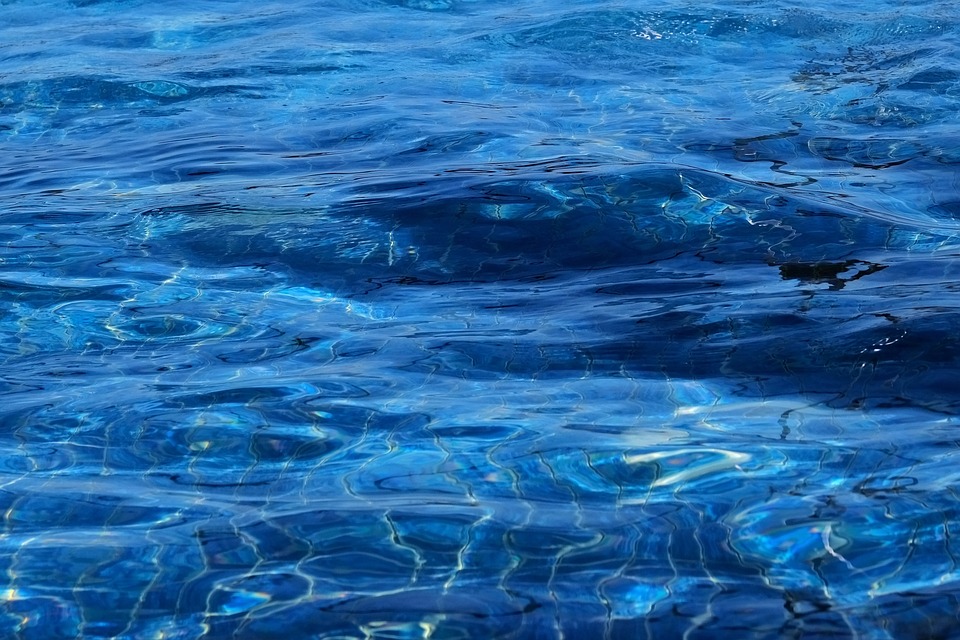Water’s Wetness: A Philosophical Enigma Wrapped in a Scientific Mystery
Water, the life-giving substance that covers 71% of our planet, has always been a subject of fascination and curiosity. While we’ve made significant progress in understanding its properties and behavior, there remains a fundamental mystery that has puzzled scientists and philosophers alike: water’s wetness. Yes, you read that right – wetness! That peculiar sensation we experience when we touch water or apply it to our skin. But what exactly is wetness, and how does it come about?
The Scientific Aspect
From a scientific perspective, water’s wetness can be attributed to its molecular structure. Water molecules (H2O) are polar, meaning they have a slightly positive charge on one end (the hydrogen atoms) and a slightly negative charge on the other end (the oxygen atom). This polarity allows water molecules to form hydrogen bonds with each other, which are weak chemical bonds that create a network of molecular interactions.
When we touch water or apply it to our skin, these hydrogen bonds between water molecules are disrupted, causing the molecules to move and slide over each other. This movement creates a sensation of wetness, which is often referred to as "water’s lubricity." The more water molecules that are able to move and interact with each other, the greater the sensation of wetness.
The Philosophical Enigma
However, the sensation of wetness is not simply a matter of scientific explanation. It raises fundamental questions about the nature of reality and our experience of it. For instance:
- Is wetness a subjective experience or an objective property of the world?
- Can we truly say that we "know" what wetness is, or is it a concept that we can only describe and not fully comprehend?
- Does the sensation of wetness have any deeper significance or implications for our understanding of the world and our place within it?
These questions have sparked intense debate among philosophers, who have offered a range of perspectives on the nature of wetness. Some argue that wetness is a mere illusion, a subjective experience that arises from our brain’s processing of sensory information. Others propose that wetness is a fundamental property of the world, existing independently of our perception of it.
The Mysterious Case of Non-Wetting Surfaces
Adding to the enigma of wetness is the phenomenon of non-wetting surfaces, such as lotus leaves and some types of insect bodies. These surfaces have microscopic structures that prevent water molecules from forming the necessary hydrogen bonds to create a sensation of wetness. Instead, the water molecules "bead up" and roll off the surface, leaving it dry and untouched.
This phenomenon has significant implications for our understanding of wetness and its relationship to the world around us. It suggests that wetness is not a universal property of the world, but rather a phenomenon that is contingent on specific conditions and surface properties.
Image:
[Insert an image of a lotus leaf, with water droplets beading up on its surface. Caption: "Non-wetting surfaces, such as lotus leaves, have microscopic structures that prevent water molecules from forming the necessary hydrogen bonds to create a sensation of wetness."]
FAQs
Q: Is wetness just a sensation in our brain?
A: Wetness is a complex phenomenon that involves both objective physical properties (such as the molecular structure of water) and subjective psychological experiences (such as our perception of wetness).
Q: Can we create a machine that can "feel" wetness?
A: While we’ve made significant progress in developing sensors and machines that can detect and respond to various stimuli, creating a machine that can truly "feel" wetness in the same way as a human is still a topic of ongoing research and debate.
Q: Is wetness a unique property of water, or can other substances exhibit similar behavior?
A: While water is the most abundant and well-studied substance in terms of its wetness properties, other substances such as oils and certain plastics can also exhibit non-wetting or partially wetting behavior. However, the unique combination of water’s molecular structure and its abundance in the natural world make it the most fascinating and complex case of wetness.
Q: Can the study of wetness lead to breakthroughs in other fields?
A: Yes, the study of wetness has already led to significant advances in fields such as materials science, biology, and medicine. For example, the development of non-wetting surfaces has inspired the creation of new materials and technologies, while the study of wetting properties has helped us better understand biological systems and develop more effective treatments for various diseases.


